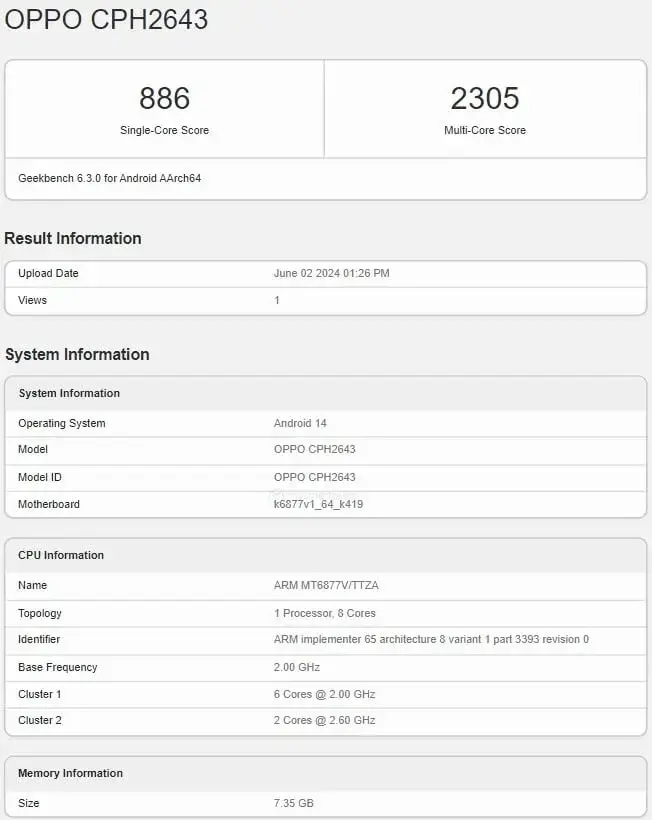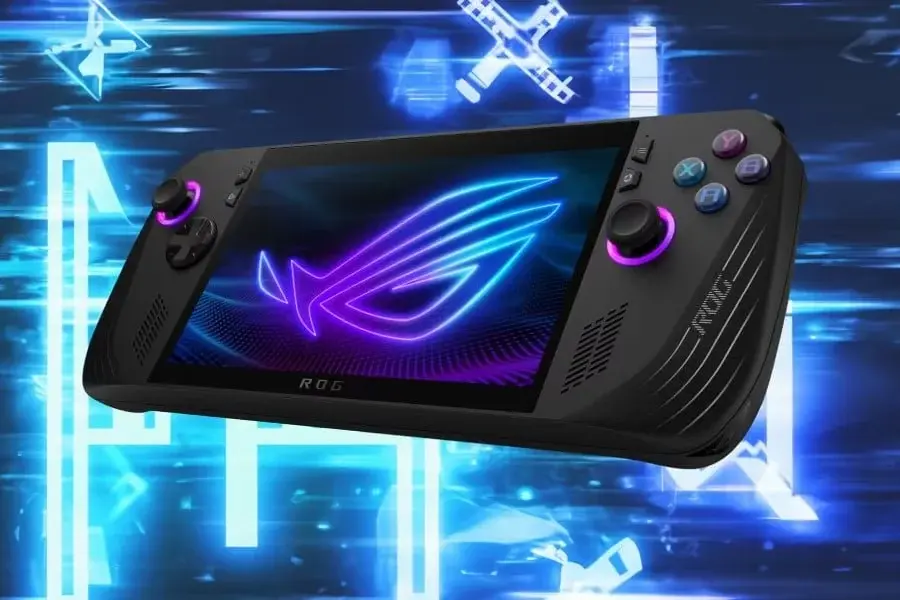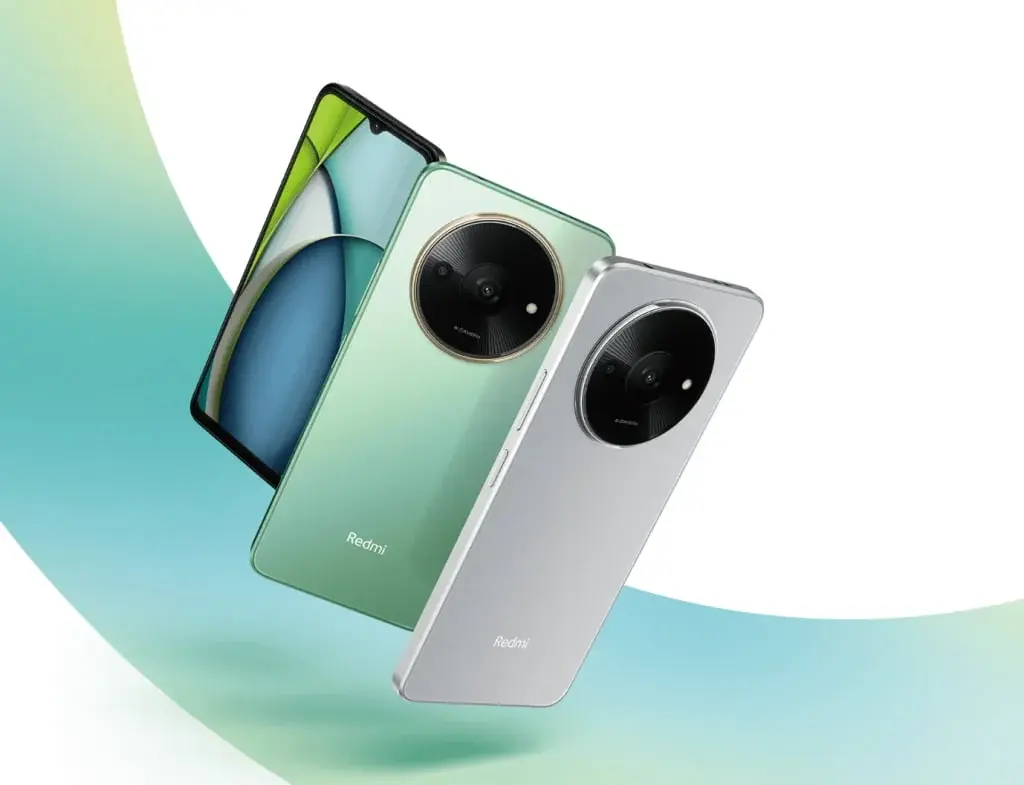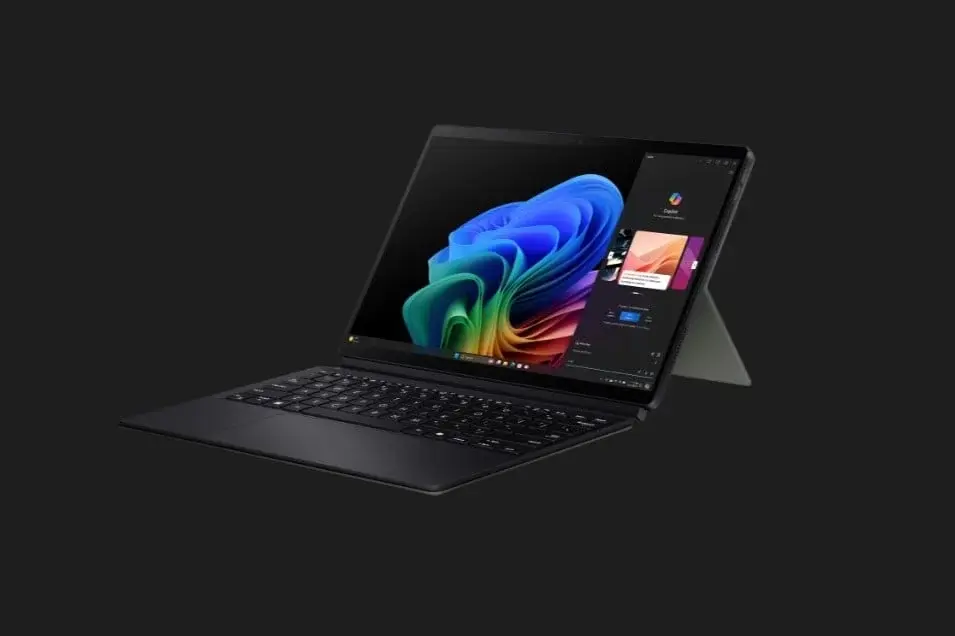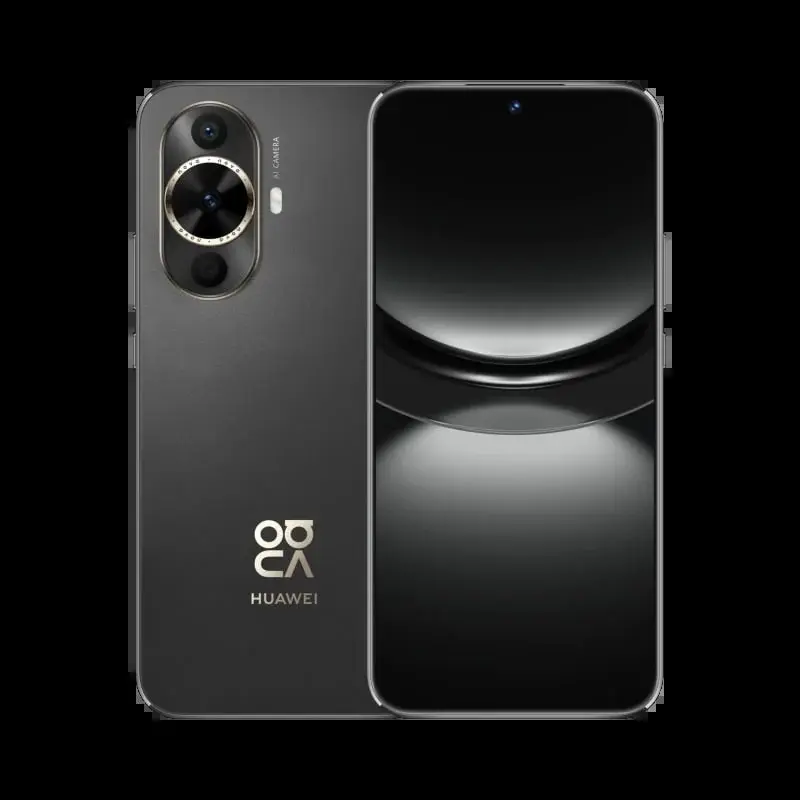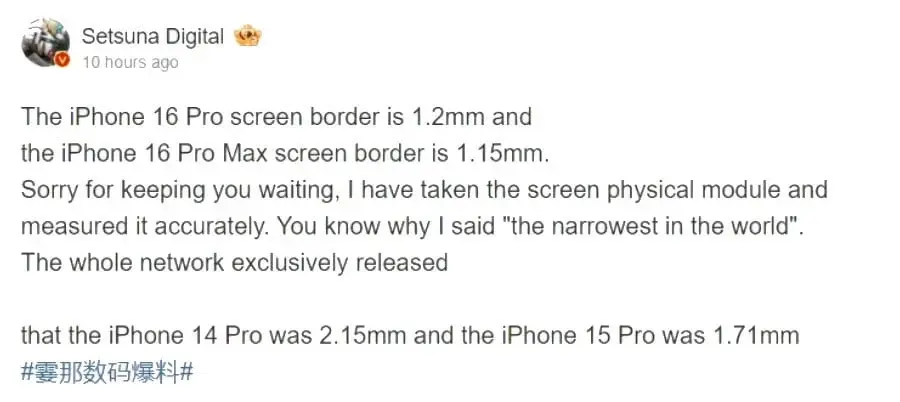Sigma has made a significant impact in the realm of full-frame lenses with the introduction of their new 28-45mm F1.8 DG DN Art lens. This groundbreaking lens brings several unique features, making it a compelling choice for both seasoned and amateur photographers. Let’s delve into what sets this lens apart:
The lens features an internal zoom mechanism to prevent lens creeping. The Sigma 28-45mm F1.8 DG DN is the world’s first full-frame zoom lens with a constant f/1.8 aperture. This remarkable achievement ensures excellent low-light performance and beautiful bokeh throughout the zoom range. Imagine capturing striking portraits with a dreamy background at any focal length, from wide-angle to slightly telephoto. The constant f/1.8 aperture delivers image quality comparable to many high-end prime lenses, eliminating the need to switch lenses in varying lighting conditions.
Portability and Ease of Use
Despite its advanced features, Sigma has not compromised on portability. The lens employs an internal zoom mechanism, maintaining a constant length while zooming. This design eliminates the "lens creep" issue found in some zoom lenses, making it perfect for travel or street photography. The focusing distance is fixed at 30cm throughout the zoom range, simplifying focusing for close-up shots.
Advanced Optical Design
The Sigma 28-45mm F1.8 DG DN is built with a sophisticated 18-element, 15-group lens structure. This design includes 5 SLD (Special Low Dispersion) elements and 3 aspherical lenses to minimize chromatic aberrations and optical distortions. These elements work together to deliver sharp, clear images across the frame, even at wider apertures. Additionally, Sigma’s nano-porous coating and super multi-layer coating technology reduce flare and ghosting, enhancing image quality, especially in backlit conditions.
Professional-grade features are also a highlight. The lens uses a high-speed HLA linear motor for quick and quiet autofocus, ensuring you capture fleeting moments. The bidirectional drive focus ring allows for precise manual focus adjustments, ideal for detailed control. The lens also includes various physical controls, such as an aperture ring, an infinite aperture switch, an aperture lock switch, two customizable AFL buttons for specific functions, and a locking petal-shaped lens hood.
Durability and Versatility
Designed to endure professional use, the Sigma 28-45mm F1.8 DG DN has a dust-proof and splash-proof body. The front lens group features a water and oil-proof coating, making it suitable for challenging shooting environments. Whether facing harsh weather conditions or dusty locations, this lens is built to perform reliably.
With its outstanding image quality, constant fast aperture, and versatile zoom range, the Sigma 28-45mm F1.8 DG DN Art lens offers a comprehensive solution for a broad spectrum of photographers. Portrait photographers will love the beautiful bokeh and low-light capabilities, while landscape and street photographers will benefit from the versatile zoom range and exceptional sharpness.



